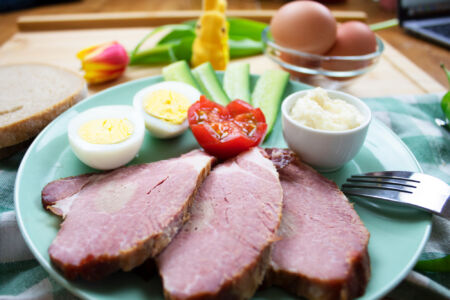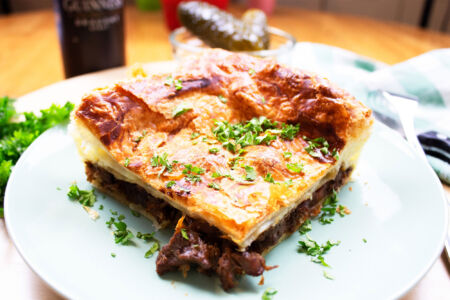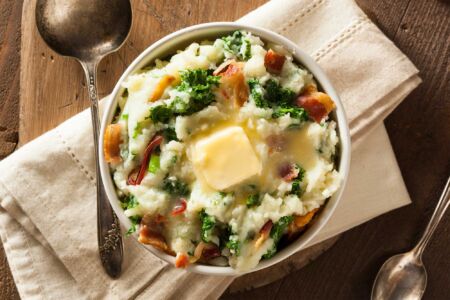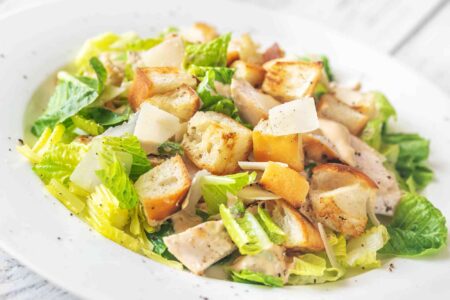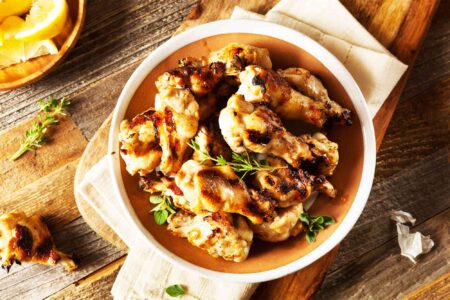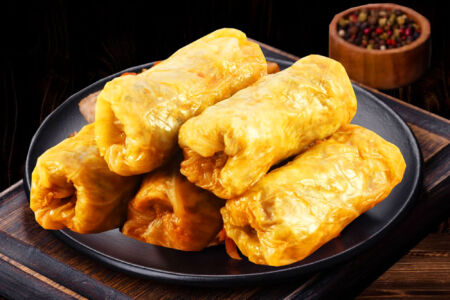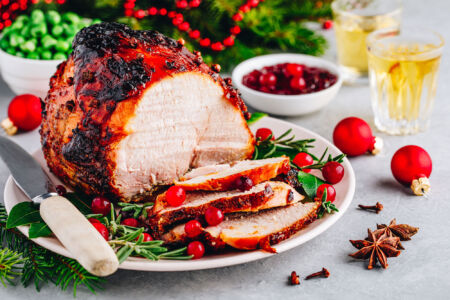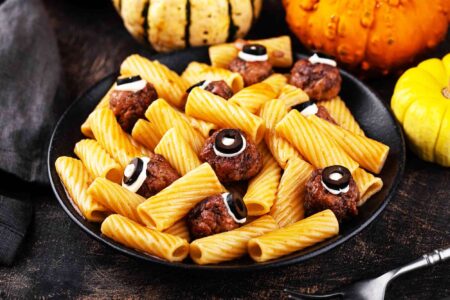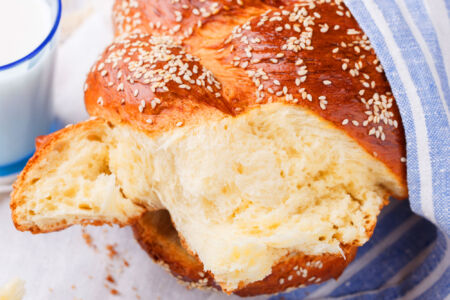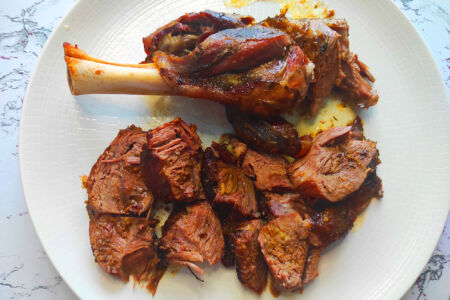Easy, Homemade Paya Recipe
Do you know how to make Homemade Paya? Follow our recipe.
In the bustling streets of South Asia, where centuries of history converge, a humble dish called “Paya” stands as a testament to culinary artistry and tradition.
This delectable lamb trotters stew carries the echoes of bygone empires, invasions, and dynasties, entwining flavors and stories that have evolved through the ages.
A Taste of History
The roots of Paya can be traced back to the ancient Mughal Empire, which once ruled over the Indian subcontinent. Paya, known as “Nihari” in the Mughal era, was originally a royal breakfast dish, relished by emperors and nobility.
It was a nourishing, slow-cooked stew prepared overnight and enjoyed in the early morning hours to fuel the day’s activities.
As centuries passed, Paya’s popularity transcended palaces and reached the streets, where it underwent regional adaptations.
Today, it’s a cherished dish in many South Asian countries, including India, Pakistan, and Bangladesh.

| Prep time | Cook Time | Rest Time | Total Time |
|---|---|---|---|
| 20 min | 180 min | - | 200 min |
The Melange of Flavors
Paya’s magic lies in its rich, aromatic gravy, which is a blend of spices, slow-cooked meat, and the essence of patience. Tender lamb trotters are stewed with a symphony of spices like coriander, turmeric, and red chili, each adding its unique note to the ensemble.
The result is a soul-warming, savory broth that lingers on the taste buds.
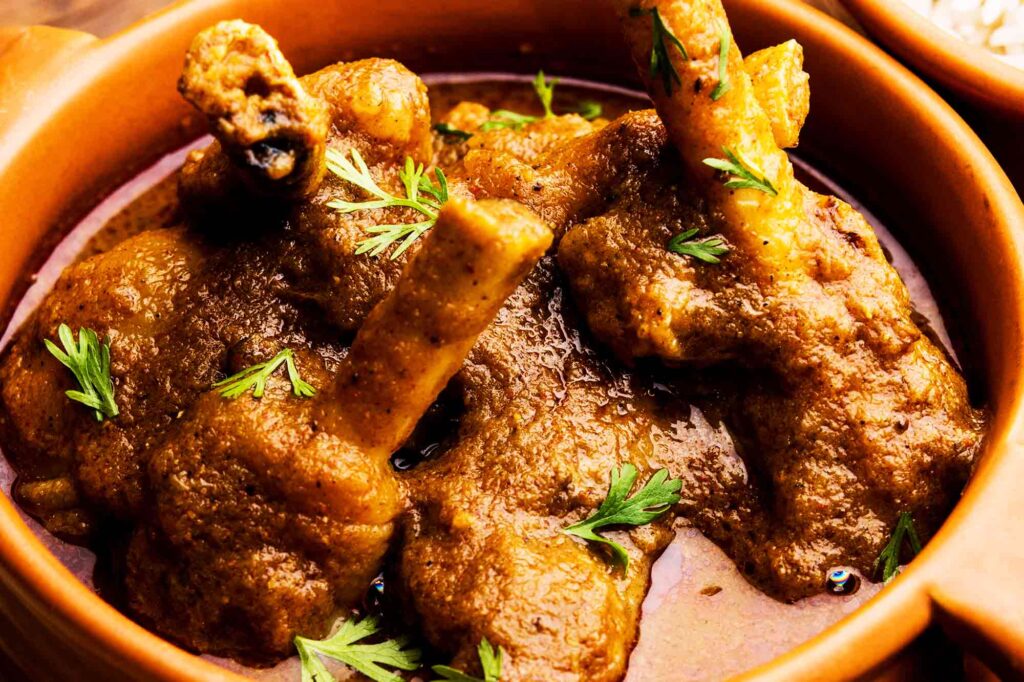
Cooking Tradition and Technique
The preparation of Paya is an art form, a ritual almost. Lamb trotters are carefully cleaned, often scorched to remove any hair, and then simmered for hours.
The slow cooking process allows the marrow in the bones to infuse the broth, rendering it rich and velvety.
Paya in Modern Times
While Paya has deep historical roots, it has not been left behind in the sands of time. Today, it’s a beloved dish served in homes and restaurants, especially during special occasions and festive gatherings.
Its warm and hearty appeal transcends generations, uniting families around the dining table.
Paya, with its rich history and complex flavors, is more than just a dish, it’s a journey through time. With each spoonful, you taste the heritage of South Asia, a culinary tradition that has stood the test of time, a dish that invites you to savor history itself.
Whether you enjoy it in a bustling market stall or in the comfort of your own kitchen, Paya is a reminder that food is not just sustenance, it’s a story waiting to be discovered and relished.
So, why not embark on this culinary journey and experience the magic of Paya for yourself?
Ingredients
Instructions
Wash the lamb trotters
thoroughly in cold water and drain.
In a large pot, heat oil over medium heat. Add cumin seeds and let them splutter.
Add finely chopped onions, ginger, and garlic to the pot.
Sauté until they turn golden brown.
Add the chopped tomatoes and cook until they become soft and the oil begins to separate from the mixture.
Now, add the lamb trotters to the pot and stir well.
Mix in the coriander powder, turmeric powder, red chili powder, and salt.
Cook for a few minutes, stirring occasionally.
Pour in enough water to cover the trotters, and bring the mixture to a boil.
Reduce the heat to low, cover the pot, and simmer for 2-3 hours until the trotters are tender.
You may need to add more water during cooking if necessary.
Once the trotters are tender and the gravy has thickened, sprinkle garam masala over the dish and give it a final stir.
Garnish with fresh coriander leaves if desired.
Serve hot with naan and/or steamed rice.
Enjoy, Good Appetite!


